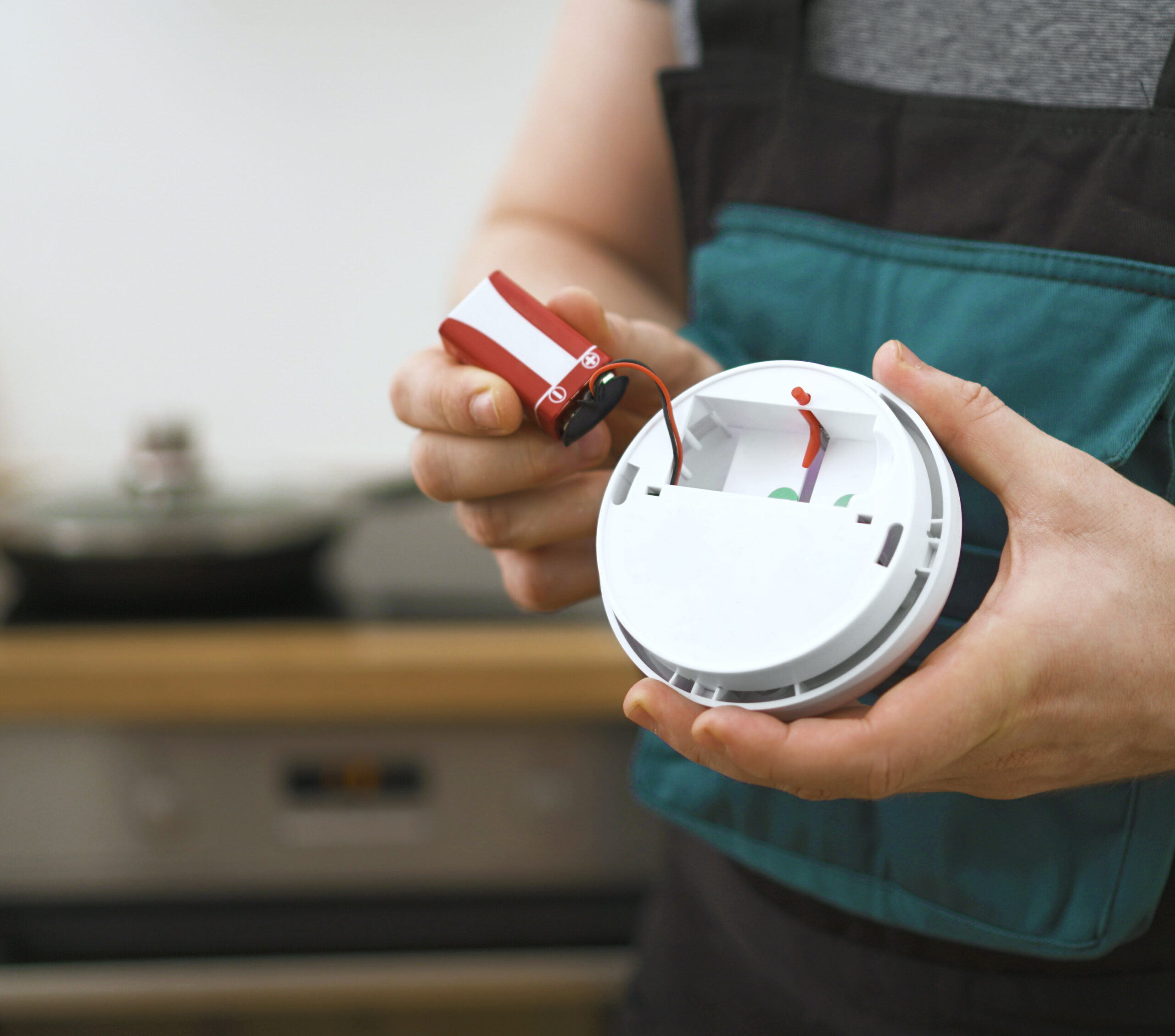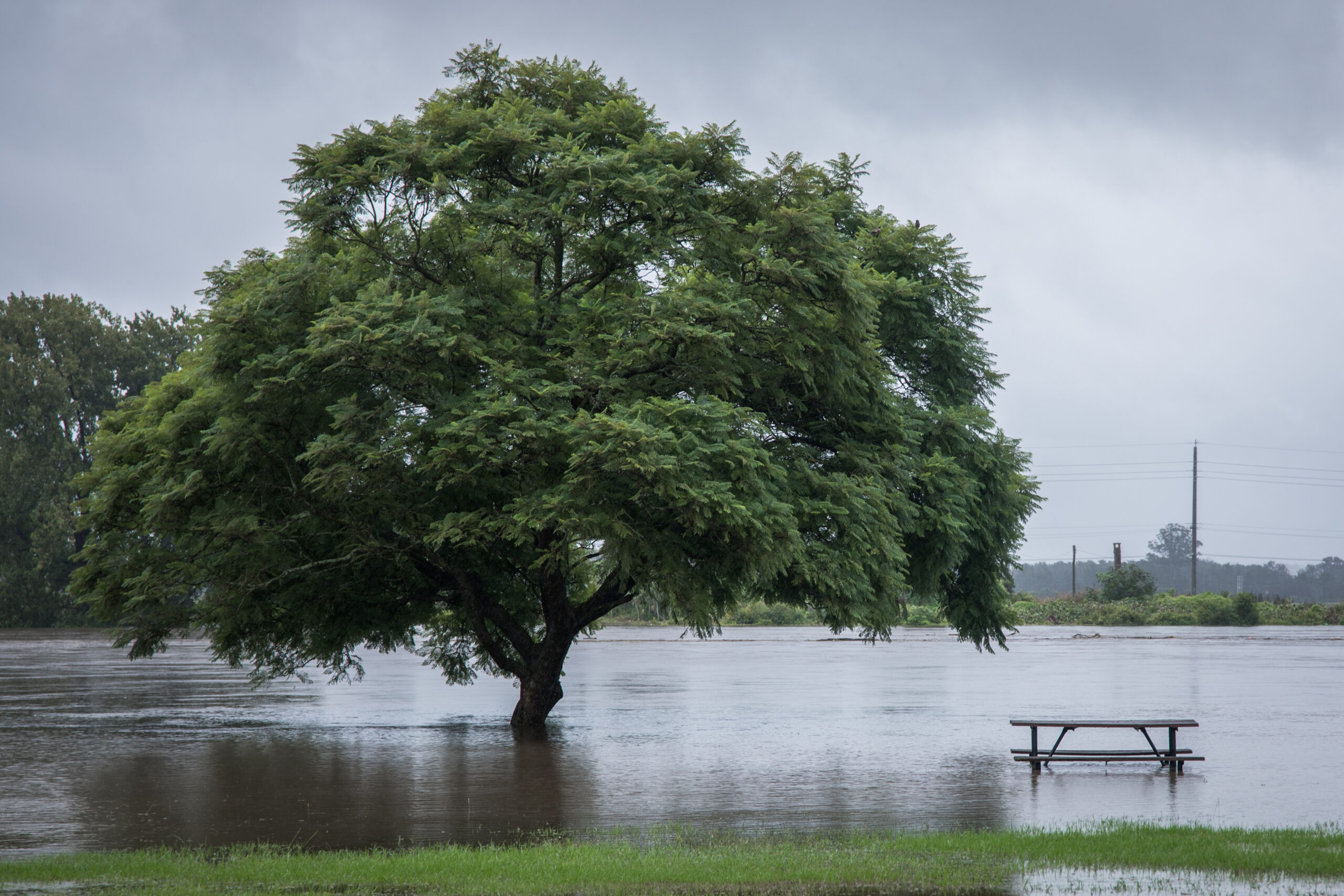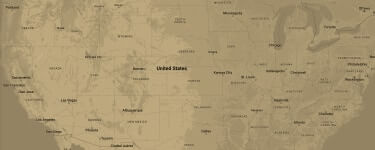After disasters sweep through communities, distressed structures don blue tarps within hours. “Tarps are a fast and effective way to temporarily protect buildings from the elements while owners assess damage and begin repair planning,” says Kevin Lethers, President, Paul Davis Restoration of Polk County, Florida. “Florida residents certainly draped many properties in blue during the blockbuster 2024 hurricane season that featured Debby, Helene and Milton.”
While Florida denizens are undoubtedly more familiar with the tarping concept, knowing the ins and outs of emergency roof protection helps prepare any property owner for the unexpected. Several FAQs cover the territory, so to speak.
Q: Must my tarp be blue?
A: Tarps – short for tarpaulins, so called because early models were canvas coated with tar – come in a range of colors. Green sheets are thick and long-lasting. Lighter and reflective colors like white or silver stay cool in hot climates, while yellow often flags safety hazards. Why are blue tarps favored for disaster recovery? They are all-purpose, durable, affordable and widely available.
Q: How long can I keep a roof tarp in place?
A: Aim to repair the defect and remove the tarp within 30 days. Any longer and the tarp begins to degrade and may promote mold and mildew growth underneath. If the tarp remains in place for much longer, consider replacing it to maintain property protection until restoration can occur.
Q: What’s important to know about installing a tarp?
A: Fasten tarps securely to the roof decking through all layers of roofing materials. The tarp must be the right size to provide proper protection. It must stay taut in wind, keep out debris, and channel moisture away quickly. Avoiding tarp movement, which can rip, damage or detach the sheet, is critical.
Q: Is putting up a tarp a DIY activity?
A: No, it is not a DIY activity for several reasons. Installing a tarp is a team project, and even with sufficient personnel, safety is a significant concern. The location is elevated, thus it is a fall risk. Installation is subject to weather conditions, which can cause tarps to flap unpredictably or become slippery. Additionally, installers may need to work near high-voltage electrical equipment.
Choosing the correct size, removing debris and securing the tarp are challenging as well. Furring strips are often necessary to anchor the tarp, for instance, and judging sufficient overhang across roof peaks and valleys is crucial. Further, when disasters affect large geographic areas, tarp supplies are quickly exhausted. It may be difficult or impossible to find one soon enough to protect your property.
- How can I get help with tarping my property?
- Paul Davis Restoration is an expert resource for installing tarps on your property. Its robust supply networks ensure tarps are in stock and ready for installation by trained restoration professionals. Call Paul Davis Restoration at 888-473-7669 for help that arrives within hours. In significant national disasters, the Federal Emergency Management Agency may activate Operation Blue Roof, as it did recently for Hurricane Milton victims. The U.S. Army Corps of Engineers, which operates the program when it has been officially activated, installs temporary sheeting until arrangement for repairs can be made.











